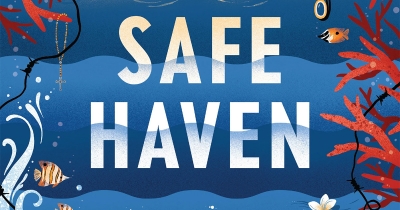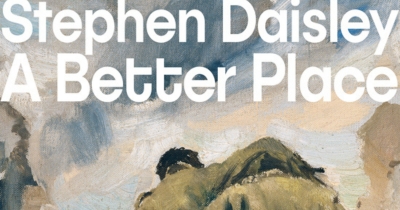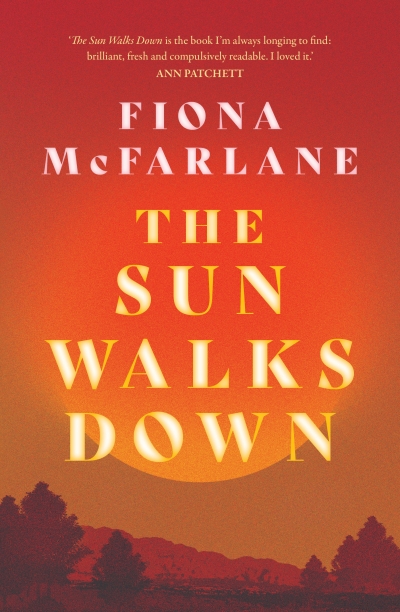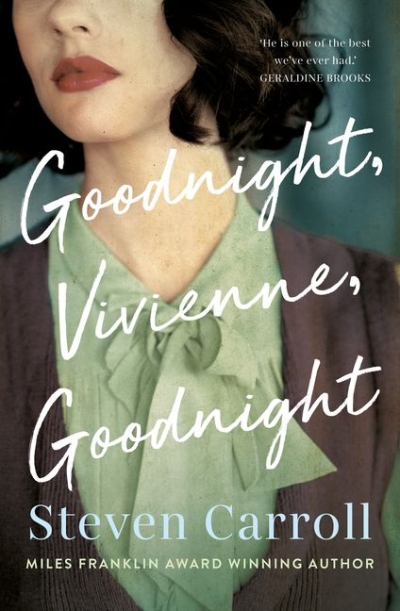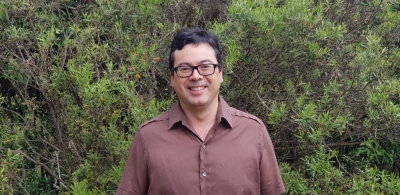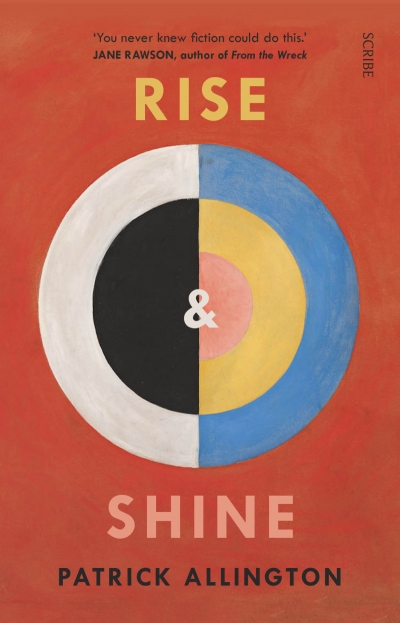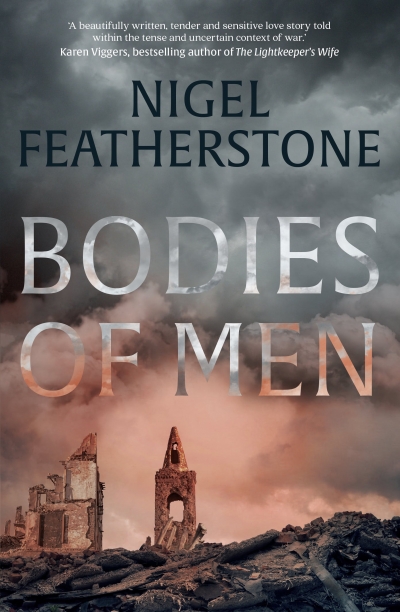Patrick Allington
I appreciate critics who enter into a conversation with a book and who draw upon curiosity, wonder, and deep thinking to judge. Maria Tumarkin writes magnificently about writers and books.
... (read more)ABR asked a few colleagues and contributors to nominate some books that have beguiled them – might even speak to others – at this unusual time.
... (read more)To celebrate the best books of 2017 Australian Book Review invited nearly forty contributors to nominate their favourite titles. Contributors include Michelle de Kretser, Susan Wyndham, James Ley, Geordie Williamson, Jane Sullivan, Tom Griffiths, Mark Edele, and Brenda Niall.
... (read more)

